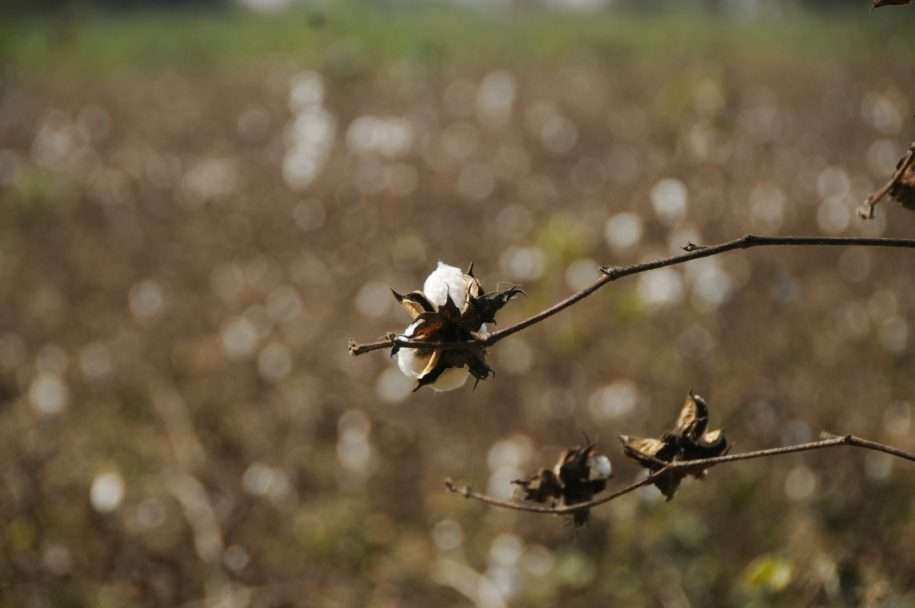The most interesting part of the study so far has been these pockets of data scattered in various sources. Aside from bank data and farmer self-reported data, there is specific crop-yield/plot-wise data stored with the processing unit (i.e. a sugar mill) for our sample size; there is data with the fertilizer manufacturer/distributor on the price and distribution of inputs for the given season being studied; there is data in audit reports in branches and societies that is more accessible than computer data; there is data in loan applications detailing area cultivatable/land ownership, and the scale of finance applied to give out a loan; there is data in the farmer passbooks and the ledgers that the farmer keeps himself.
Data Everywhere and Nowhere to Go

By LEAD Research Team
The current GIZ-NABARD-CMF study is being conducted in 4 states (Tamil Nadu, Maharashtra, Punjab, and West Bengal). The study explores general and policy-specific questions regarding agricultural financing in India.
Broader research questions in the study look at the structure of crop-loans across regional rural banks (RRBs), co-operative banks, and commercial banks;the credit need of the farmer and the utilization of the crop loan; and the respective yields and net income in proportion to the credit
Policy-specific research questions look at the central government’s 2008 debt relief policy (loan waivers to mostly small and marginal farmers) and the 2006 interest subvention policy, which reduced the farmer interest on a crop-loan from a market rate of ~9% to an effective rate of 4%; this was followed by a state subsidy policy that further reduced the interest rate to 0% for farmers borrowing from co-operative societies. Banks are subsidized by the state and central government to retain the original market rate interest.
As good news as this is, time-constraints have made it near-impossible to collect any of it, which is unfortunate because it is being made accessible. Comparison of a data set with its mirror set of another source (or a source it would have impacted down the pathway) usually provides new information or serves as a point of verification. It can provide what most quantitative analysis lacks: an explanation. Not a set of possibilities, but an explanation.
A compilation of this data and strong qualitative interviews would have given a much more accurate and insightful picture of the farmer and his choices. I hope someone can build on this study and take advantage of this in the future.
